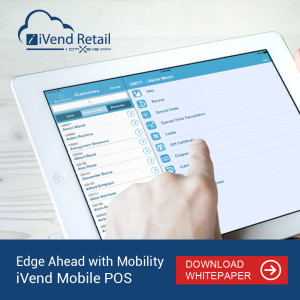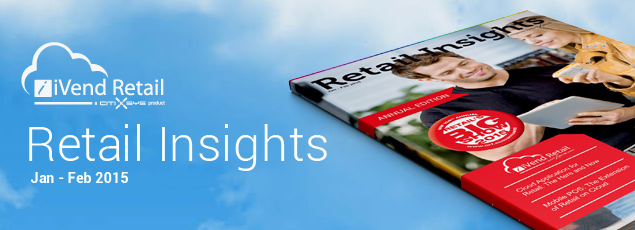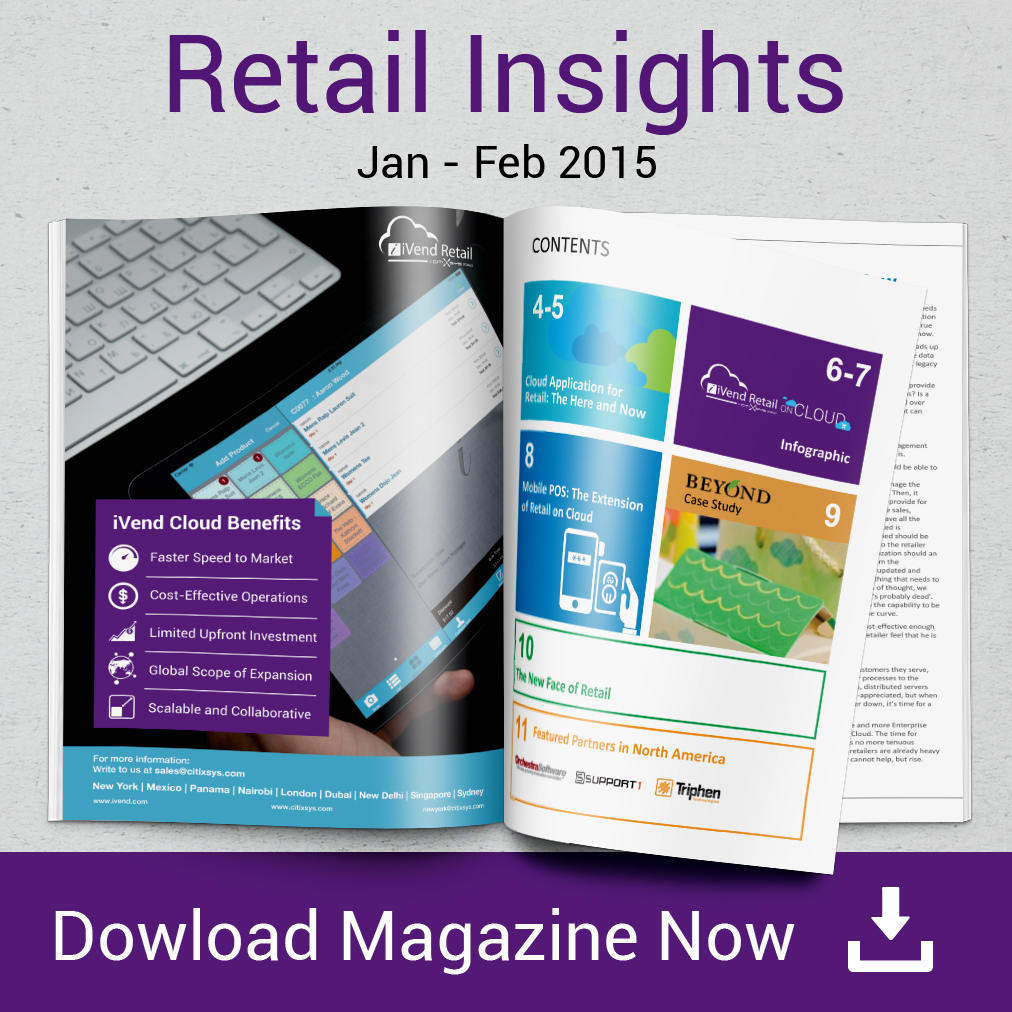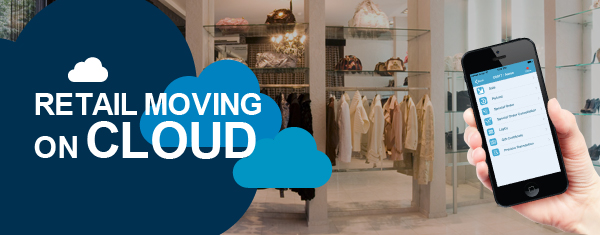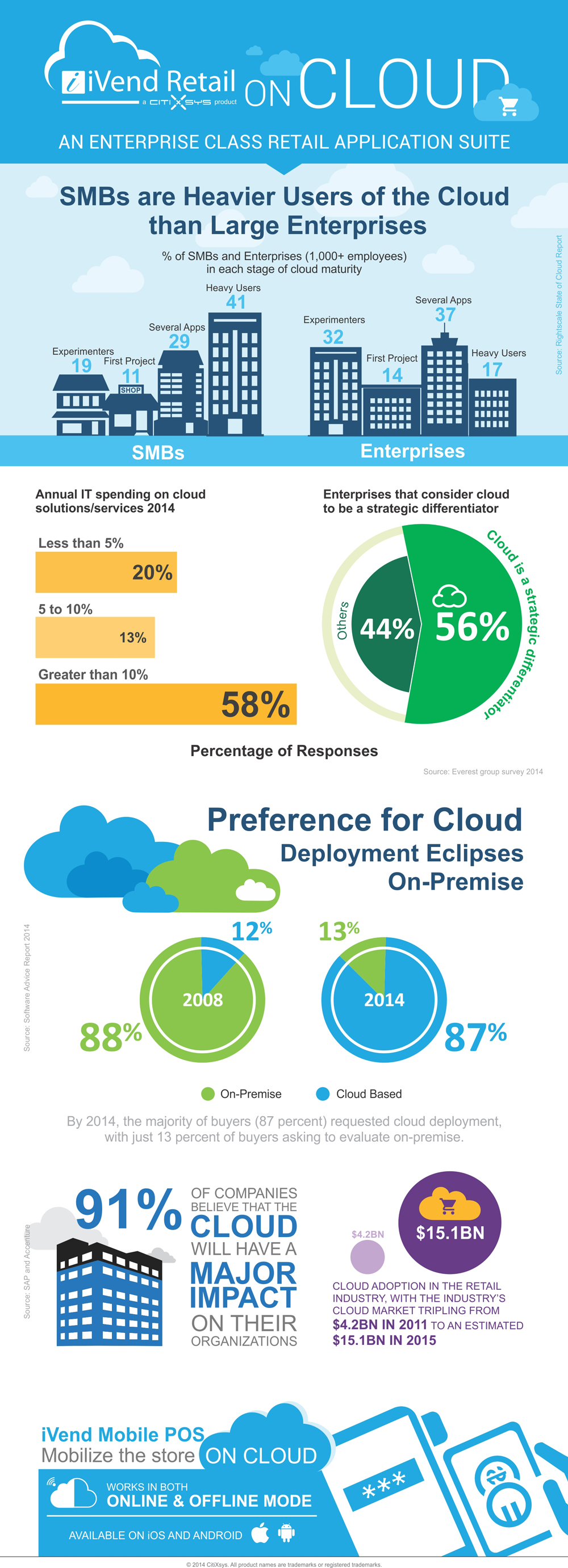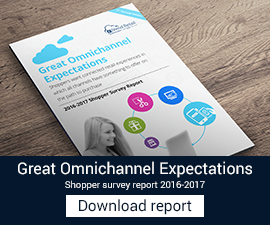
It’s almost impossible to pick up an industry magazine or access a website today without seeing news of another retailer growing their business into new territories.
The saturation of mature regions and new opportunities in emerging areas is pushing the boundaries of retail wider than ever before – but not without complications.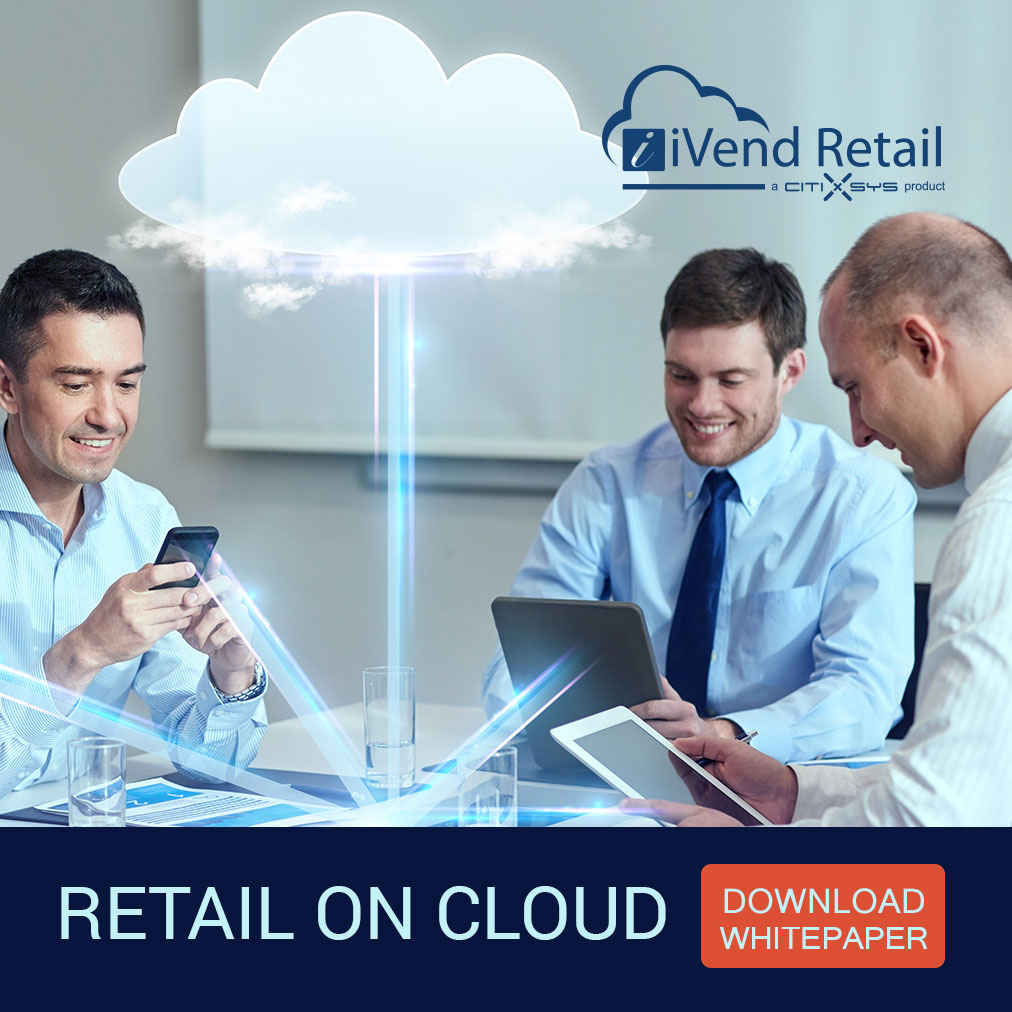
From differing languages and currencies, to local legislation and cultural variations, international expansion is far from a case of ‘lifting and shifting’ existing models into new markets.
The same can be said for store technologies. For example, a recent report by Boston Retail Partners predicts the number of retailers using mobile POS systems will grow by 300% over the next two years, as the move towards consumer-centric encounters continues apace.
However, managing such solutions across store estates that span broad geographies can be a challenge; the greater number of mobile POS devices being used, the more complex back-end functionality becomes.
One way to innovate around these challenges is to invest in a cloud commerce solution. By moving IT infrastructure away from the premises and controlling deployment and management of back office systems remotely, retailers instantly grant themselves greater flexibility and capacity for innovation.
More than that, the ability to make upgrades or implement new functionality direct from the cloud enables companies to improve their customer offering instantly, without someone on-site, disrupting the order of business.
This level of agility is important in existing markets, but plays an even greater role when considering the expansion of retail businesses. Centrally controlling IT through a cloud commerce solution enables back-end information to be connected as soon as a mobile device is up and running – much quicker than building on-site support for every new store opening.
Storing data in the cloud also means that retailers can integrate back office information with a number of different devices, tailoring customer-facing solutions for the individual needs of each market. This is important if shoppers in different countries may not be familiar with the same devices; retailers can introduce hardware that is well known in each market, without compromising consistency of information and functionality across the company.
It’s not just shoppers who respond to different technologies, either. Running mobile POS connected to the cloud puts front line personnel – store managers – in touch with immediate information about their customers. In a new environment especially, being able to analyse consumer trends enables store associates to make decisions about what is and isn’t working, to drive profit and increase the chance of success in an unknown territory.
While cloud commerce can’t solve every hurdle that must be crossed when expanding internationally, it does give retailers a flexible, straightforward platform for building tailored customer experiences. So not only can they begin trading quickly and simply, but they can customise encounters for individual market preferences.

